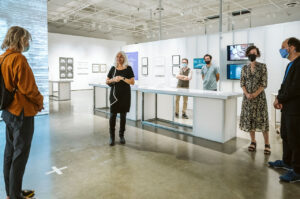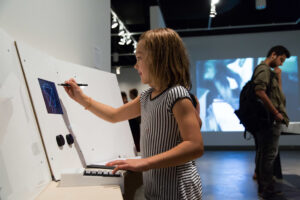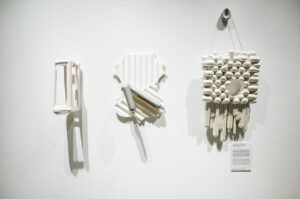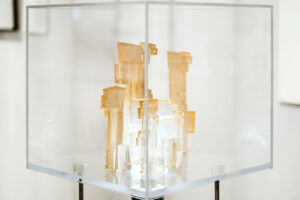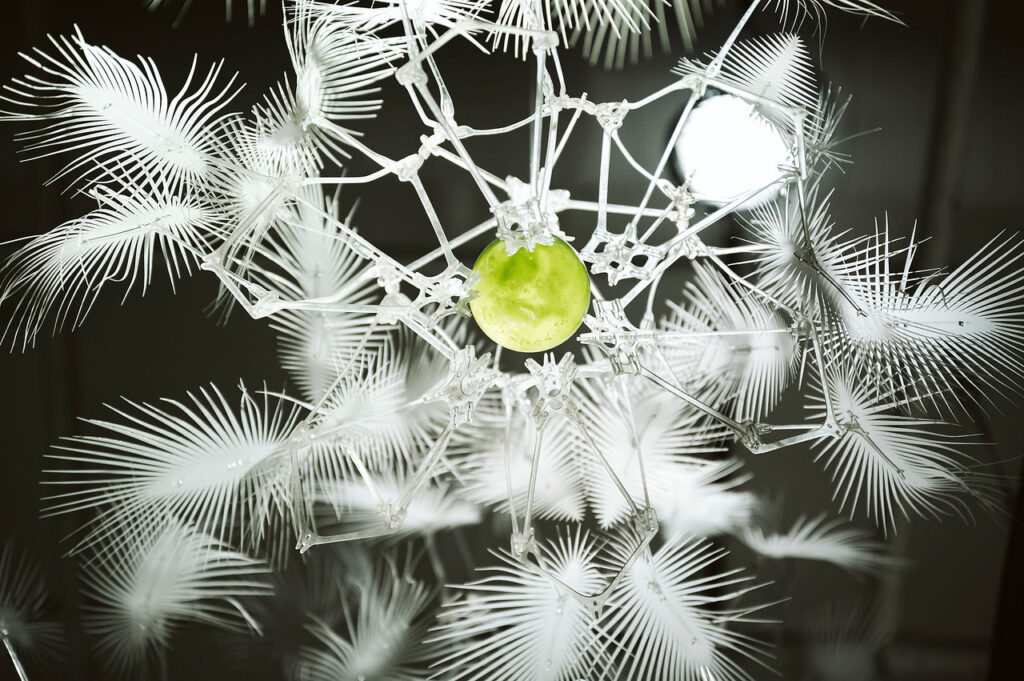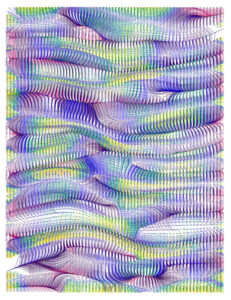
“Vers Un Imaginaire Numérique” Exhibition, A New Digital Language
In today’s digital era design and computerisation are often indissoluble; technology has changed, improved and challenged the way architecture and art have been created, as presented in the latest exhibition held at the Centre de design de l’UQAM in Montreal named “Vers Un Imaginaire Numérique” (Towards a Digital Imaginary) curated by Daniel Cardoso Llach and Theodora Vardouli. The exhibition opened on September 15th and it will close on November 7th of 2021.
Vers Un Imaginaire Numérique traces the history and the contemporaneity of art and architecture from the point of view of their interaction with digital tools and computerisation to process and display information.
The exhibition features a large collection of materials ranging from photographs to films, reproductions, models and interactive reconstructions, encompassing past and present-day practitioners’ work.
The question resonating through the works of the various participants of the exhibition is “What is the relationship between technology and design and how did design become computerized?”.

The question finds an answer in the complexity of Vers Un Imaginaire Numérique which shows the employment of technology to shape and generate new design forms in the United States, Canada and the UK, showing how the emergence of computerisation in the 20th century forged a new visual and digital language. Particularly these three countries, after World War 2 saw industries and governments investing and researching to promote the capacity of computers for manufacturing and designing.
The designers collaborating within the exhibition through their works include Kristy Balliet and Kelly Bair, Phillip Beesley, Joanna Berzowska, Dana Cupkova, Felicia Davis and Delia Dumitrescu, Golan Levin, Zach Lieberman, Rafael Lozano-Hemmer, Leslie Mezei, Frieder Nake, George Stiny, Jer and Diane Thorp, and Elizabeth Vander Zaag as well as the creators of the over 150 items and documents archived and kept in different institutions across the US, Canada and the UK borrowed for the exhibition.
Thanks to the Center de design UQAM these artists’ work can take part in the discourse around computational design at an international level. This design centre is a Canadian excellency in the organisation of exhibitions comprising graphics, industrial design, urbanism, architecture and fashion. To this day the centre has produced over 300 exhibitions, locally and internationally, challenging, influencing and provoking the culture of design in Quebec.

This discourse has a longer history; Vers Un Imaginaire Numérique is an expansion and adaptation, within the Canadian design context, of the exhibition held in Pittsburgh in 2017: Designing the Computational Image, Imagining Computational Design.
Some of the work presented in 2017 has been re-proposed in the 2021 exhibition, implemented and supported by other historical documents and contemporary material by Canadian designers specialising in digital art and computational design.
Walking through the space of the exhibition it is noticeable how the experience was divided into two parts, the first one displaying the contemporary works representing the collaboration between design and digitalisation, the second part looks at the historical dimension of this same convergence of fields. This part of the exhibition looks at architectural, engineering and design examples dating from 1949 to 1950, that support and interpret todays’ digital production and it helps understand its evolution.
A wide range of remarkable works is exhibited in Vers Un Imaginaire Numérique in the attempt to showcase the beauty and practicality of computational products and processes and their way of creating a new language of visualization. The pieces exhibited are complex and intricate and they challenge the viewer to see beyond the final result but acknowledge and comprehend the process and algorithms computers trigger in the design territory and culture.
The installation “Antimodular Double” by Rafael Lozano-Hemmer proposes on a screen the genome of the bacterium Haemophilus Influenzae, one of the first sequenced organisms, and it compares and contrasts it to the artist’s own genetic code. A representation of the power computers have in generating a visualisation of something intangible.
The largest display, “The Coons Patch” allows the visitor to interact with the work; it is composed of a rudimentary panel and a screen showing a plane in a 3D space. The visitor can control and adjust the coordinates x, y, and z of the plane through the panel resulting in the twisting and twirling of the plane. This work does not only have an interactive and aesthetic purpose but it was an industrial technology initially created to design curved elements of cars, ships and aeroplanes
“Align” by Daniel Iregui is a system of features that takes a photo of the person standing in front of the screen to then synthesises a new image, through the use of algorithms, that combines different human features with the face of the viewer. A work talking about technologies’ creative abilities through randomisation.
“Trois Forms Générés Par Évolution Numérique”, represented by a drawing, a sculpture and a tune shows the spectator how all of the three elements were created computationally through an algorithm that was fed random information such as radio-astronomical signals to be then able to translate that into physical production by an AI. The three items illustrate the flexibility of computers in producing different elements through a dataset.
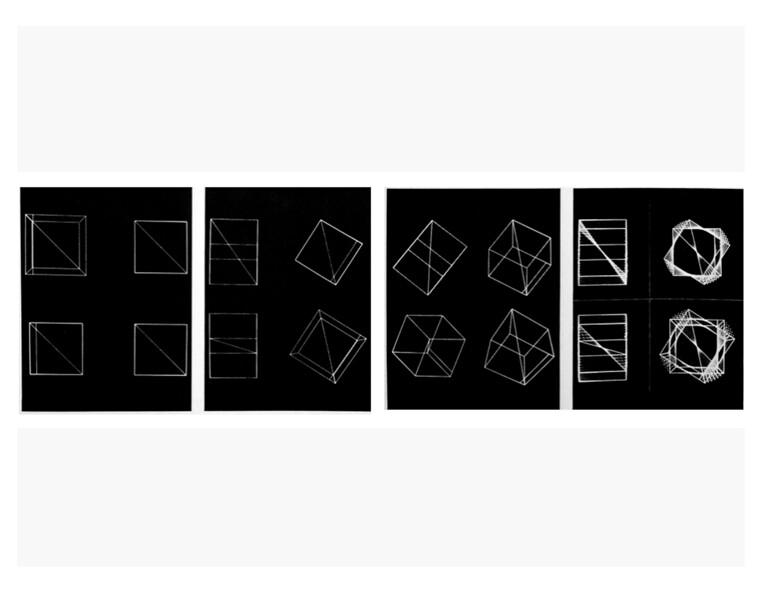
Amongst the various pieces, Vers Un Imaginaire Numérique includes experimental interactive reconstructions by Ivan Sutherland, Christopher Alexander and Marvin Manheim that used early computer-aided design systems and softwares; the visitors will be able to enter the logic of the algorithms of these pieces and experience the view and tactility of these technologies.
Sponsors
Conseil de recherches en sciences humaines (CRSH)
École de design de l’UQAM Peter Guo-hua Fu School of Architecture, McGill University School of Architecture, Carnegie Mellon University College of Fine Arts, Carnegie Mellon University Research Group on Democracy, Space, and Technology at the Yan P. Lin Centre, McGill University Summer Undergraduate Research in Engineering (SURE), McGill University Frank-Ratchye STUDIO for Creative Inquiry, Carnegie Mellon University Graham Foundation for Advanced Studies in the Fine Arts

